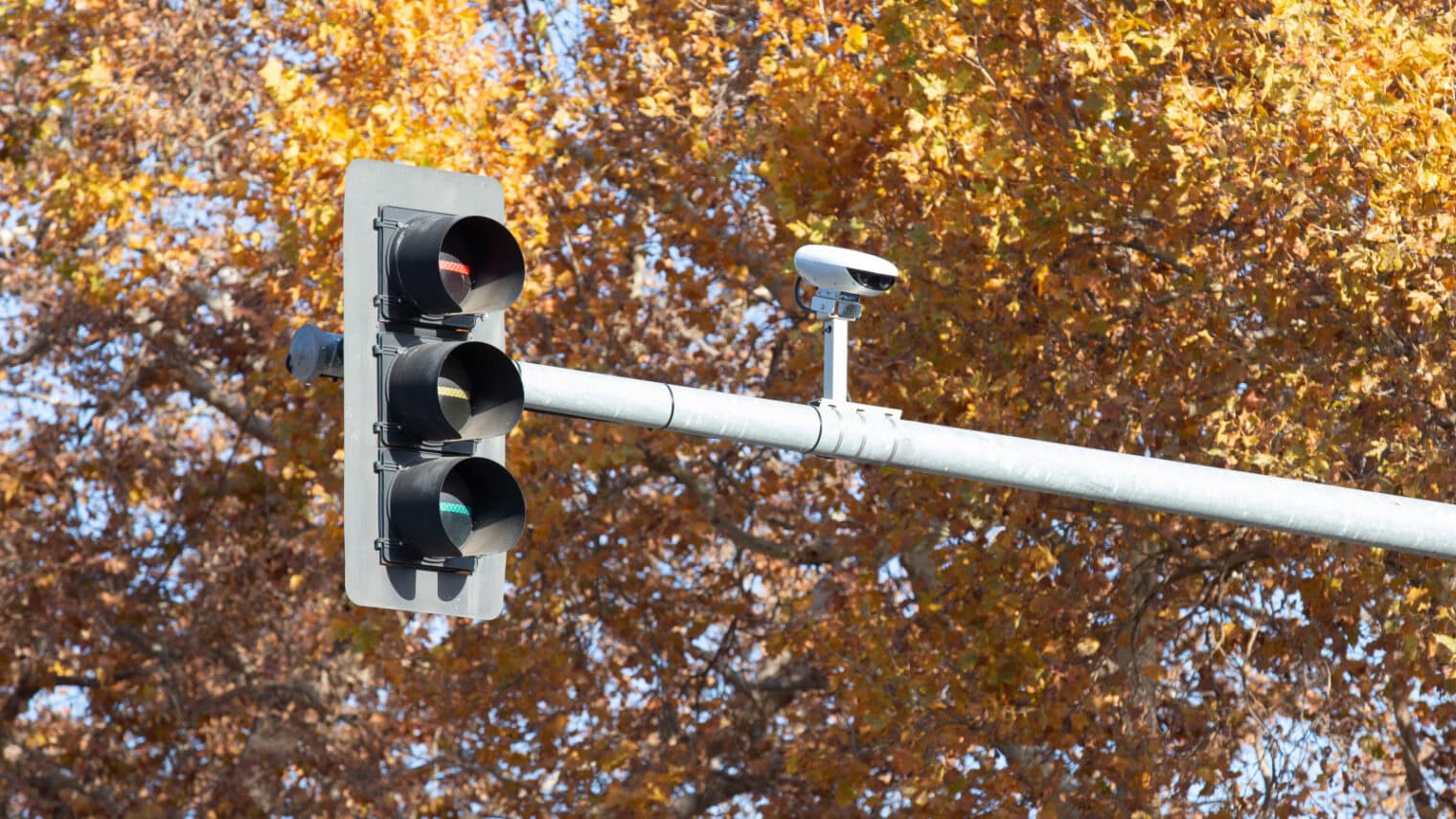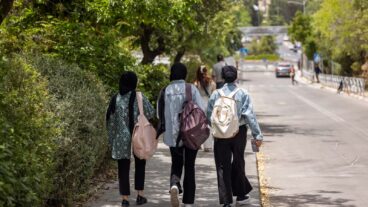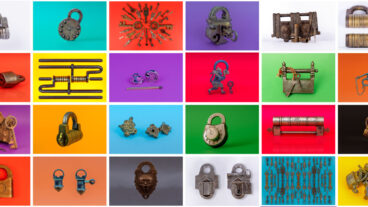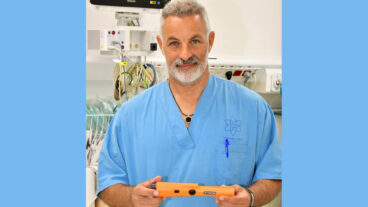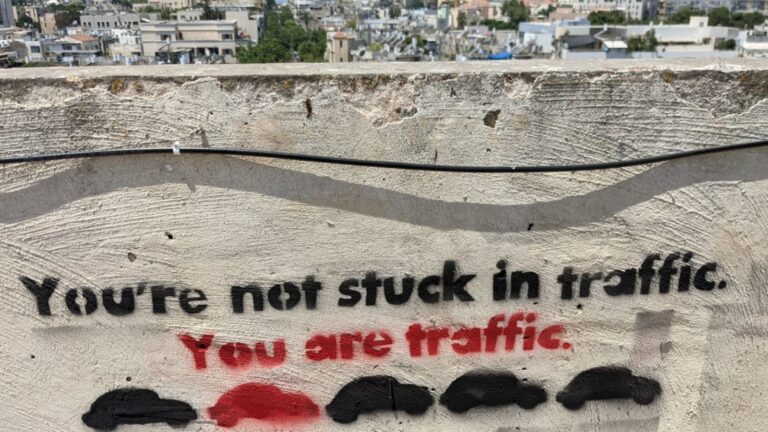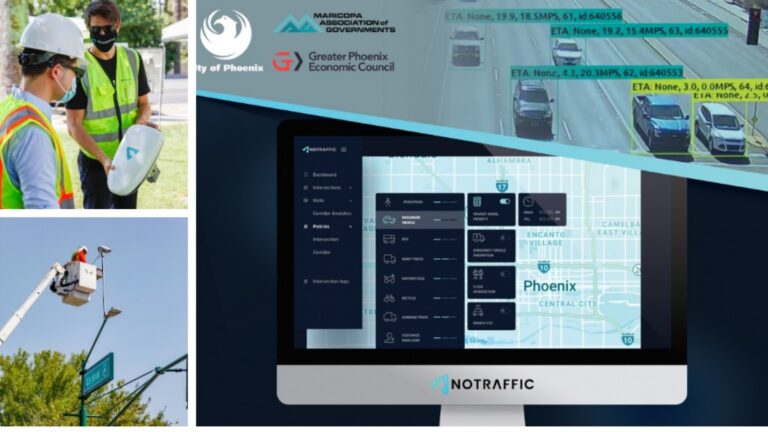Electric traffic lights are nothing new. They date back to 1914, when a bored police officer in Cleveland, Ohio, was tasked with switching on a red bulb for the cars (mostly Ford Model Ts) to stop and green one for them to go.
There have been a couple of significant advances since then, such as the addition of an amber “get ready for red” bulb six years later. And automation finally relieved the officer of his duties in Cleveland (and freed up 6,000 traffic cops when it reached New York in 1920).
But even today, 99 percent of the world’s traffic lights (robots, for our readers in South Africa and Namibia) operate on a fixed time plan taking little or no account of the actual flow of traffic.
In a world of smartphones, smartwatches, smart TVs, and smart vacuum cleaners, traffic lights are still dumb.
Some switch between regular and rush-hour modes (into the city and out). Others have bumps at the stop line that provide a crude measure of traffic flow. But that’s about it.
Software-defined intersections
Enter NoTraffic, a startup based in Israel, with its disruptive traffic-light technology, or “software-defined intersections.”
Sensors on each traffic light measure real-time traffic flow, identifying cars, trucks, buses, motorbikes and every other type of vehicle.
And together with some very clever AI, they reduce the time drivers spend stuck in traffic, reduce accidents and reduce pollution.
It’s a win-win, says Tal Kreisler, CEO and cofounder of the company.
He recalls how Uriel Katz, a fellow cofounder, now CTO at NoTraffic, was sitting at a red light late one night, waiting impatiently for it to change, with no other vehicle to be seen.
That prompted them to look into whether they could group existing traffic lights into a single dynamic digital network.
“We reasoned that with such a network, drivers could spend half the time waiting,” Kreisler tells ISRAEL21c.
“Pedestrians could get priority next to schools, accidents could be detected in real time, first responders could get priority at traffic lights on their way to an accident and to the nearby hospital.
“Traffic could be diverted to avoid congestion in the first place, and public transportation could get priority based on the capacity of the buses scheduled.”
They dreamed of traffic light utopia. And they made that dream come true.
No more gridlock
In Tucson, Arizona, the daily gridlock along a mile-long downtown section of road has disappeared, thanks to NoTraffic. Waiting times are down by 75% and NoTraffic reckons it has saved the city’s motorists $1 million in fuel they would have burned idling at lights.
In Phoenix, Arizona, the second most dangerous city in the USA in terms of driver and pedestrian deaths, NoTraffic reduced by 70% the number of vehicles running a red light. And vehicle delay times are down by 40%.
NoTraffic now works with five of the 10 largest US cities. In Canada, says Kreisler, it has deals with the majority of large cities.
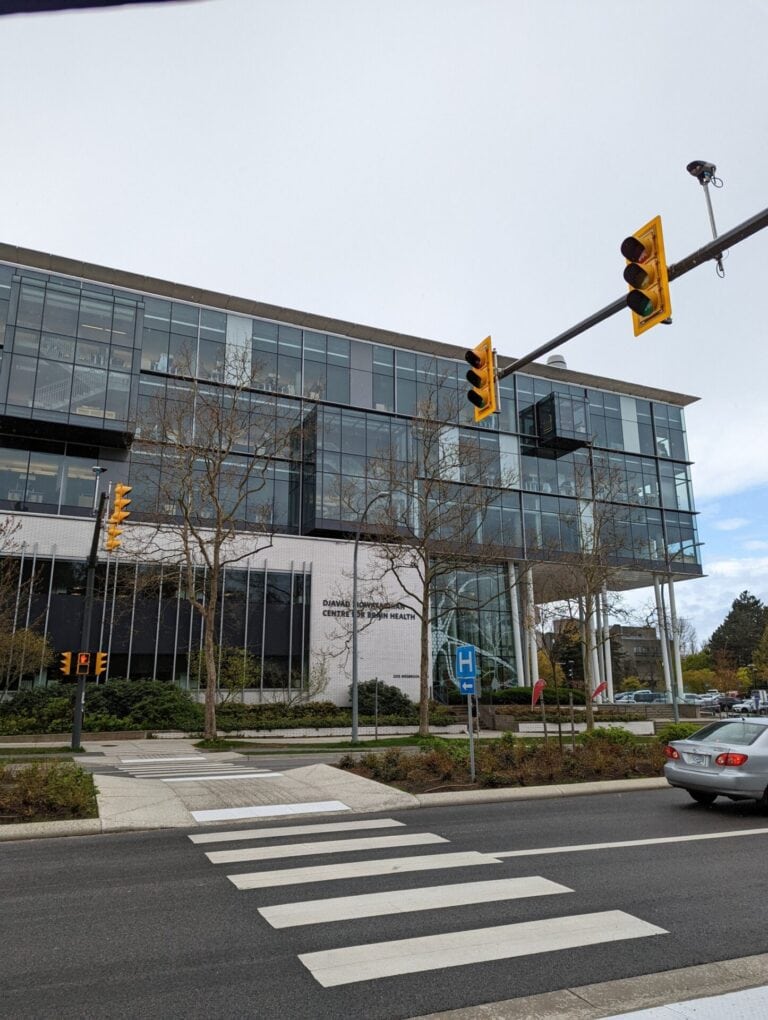
So how does it work?
NoTraffic manufactures and installs an eye-level sensor fitted to each traffic light with a camera and radar. It’s designed to see the traffic whatever the conditions – night, fog, rain or sun glare – and links to the cloud via a device in the street cabinet next to the lights.
The sensors constantly monitor the speed, type and location of vehicles. This data allows the AI to make smart decisions in real time about which lights should go green and which should turn red.
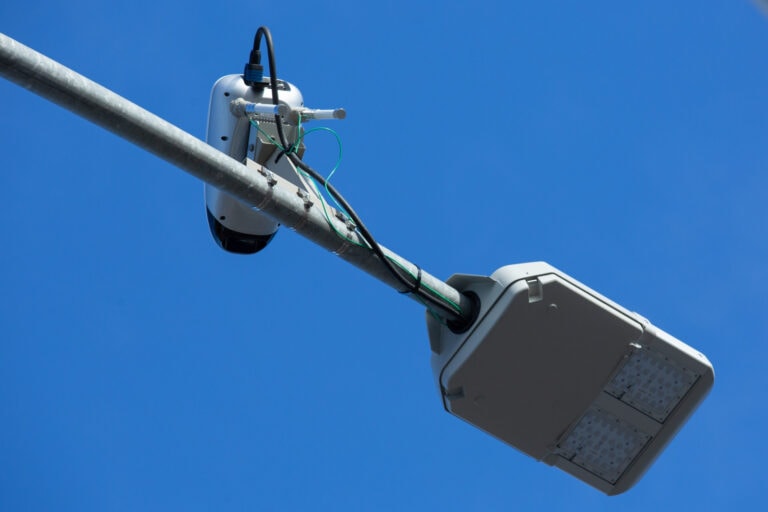
The bigger picture
How exactly does adjusting the lights help, given that the same number of vehicles are still trying to get from A to B?
Here’s a simple example. Say the lights change to green every 30 seconds for every approach at a given intersection.
If you suddenly have hundreds of vehicles coming from the north, and nothing from the south, regular traffic lights would continue on their fixed time plan regardless.
But NoTraffic sees the bigger picture and makes instant changes accordingly.
“Our system would allocate more green light time to the traffic from the north to handle the queue that’s starting to build,” says Kreisler.
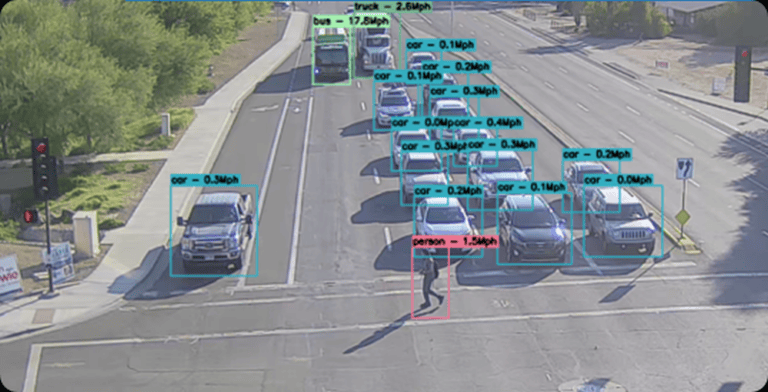
The idea is astonishingly simple, but the implementation was complex. The company was founded in 2017 and it took five years of research and development by hardware, software and AI engineers before the first NoTraffic system went live.
NoTraffic now has 110 employees, has raised over $75 million and has opened offices in New York and Kansas as well as Tel Aviv.
Tools for policymakers
NoTraffic is essentially an operating system providing the data needed to inform and implement traffic-related decisions by the municipality that buys the system.
The choices can be very location-specific. New Orleans, Louisiana, for example, wanted to give priority to streetcars.
“We’re not policymakers. We are providing the tools that allow policymakers to define their policies and implement them,” says Kreisler.
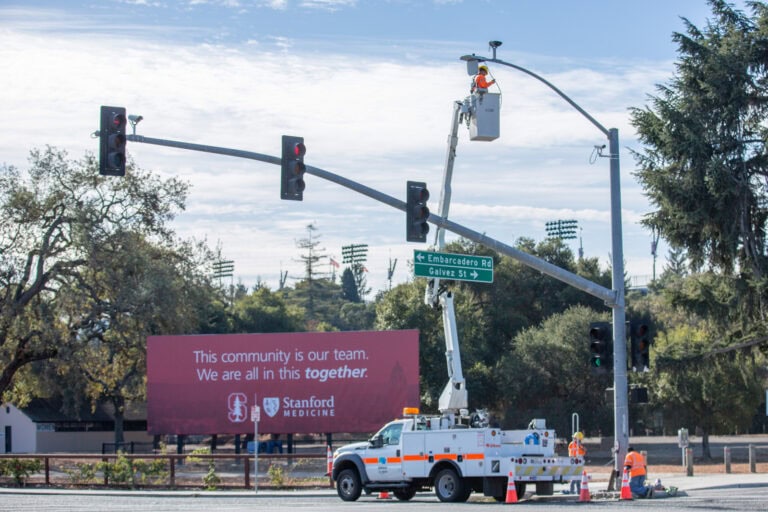
Once the system is in place it can do much more than reducing congestion.
With the advent of “connected cars” it can prevent red light accidents by flashing a warning to a driver who is approaching too fast, or warn another to take evasive action. Likewise if it spots a pedestrian running into the street. Or it can switch the light to green for emergency vehicles.
“There’s a huge market and we’re at the forefront,” says Kreisler. “Our goal is to build a large company, hopefully take it public, and do something really exceptional.”
For more information, click here.




